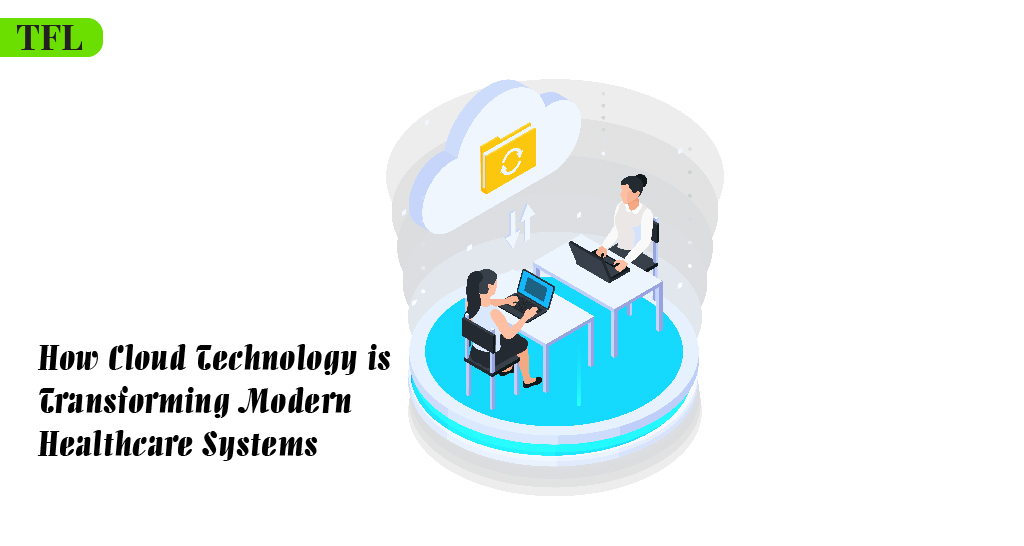In today’s fast-paced world, cloud technology is becoming a key player in transforming how healthcare operations function. More health systems are turning to cloud-based infrastructure to enhance everything from delivering clinical care to managing administrative tasks, and the effects are truly significant.
At the core of this transformation is a shift from outdated, on-premises systems to more scalable and flexible cloud platforms. Traditional infrastructure often found it tough to keep up with spikes in data, the growing demands of telehealth, and the need for quick innovation. By embracing cloud solutions, healthcare organizations can adjust their resources on the fly, roll out new services swiftly, and handle varying workloads with greater efficiency.
Operational efficiency is on the rise too. By adopting cloud-first strategies, healthcare providers can cut down on costly infrastructure and switch to a pay-as-you-go model. This shift has significant benefits for managing costs and enhancing flexibility. Plus, using cloud-based automation helps simplify administrative tasks like scheduling appointments, handling billing, and distributing lab results.
When it comes to clinical care, cloud platforms really shine by making it easier to coordinate everything. Patient data can be accessed, shared, and analysed seamlessly across different systems and locations. This is especially important for telehealth, remote monitoring, and initiatives aimed at improving population health. With the cloud as the backbone, hospitals and clinics can roll out patient-facing portals, home care platforms, and real-time monitoring on a large scale.
The cloud plays a crucial role in enhancing security and data governance. With healthcare being a prime target for cyber threats, cloud providers are pouring resources into strong encryption, advanced threat detection, automated updates, and compliance measures.
Moving to the cloud successfully comes with its own set of hurdles. Organizations need to carefully weave in their existing systems, help staff navigate the changes, agree on data governance policies, and select the right cloud deployment model whether that’s public, private, or hybrid tailored to their operational, clinical, and regulatory requirements.
In short, cloud technology has become essential in healthcare. It is not just an option anymore; it is a key player in modernizing operations, enhancing patient experiences, streamlining costs, and sparking innovation in care. Organizations that adopt it with care will find themselves in a stronger position for the future of healthcare delivery.












